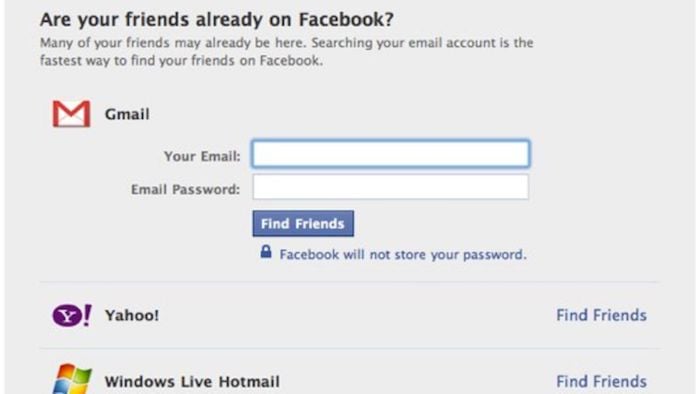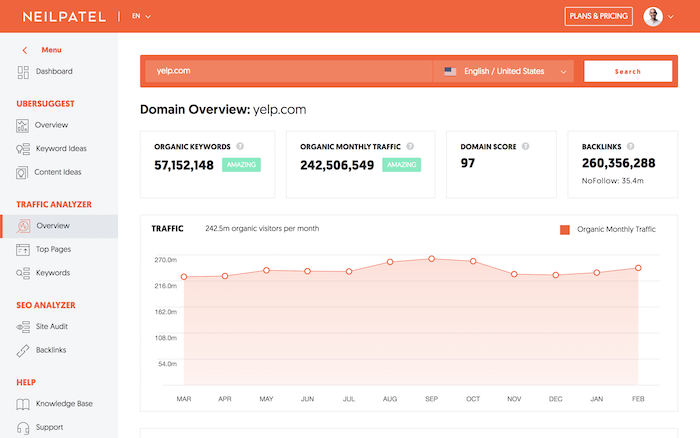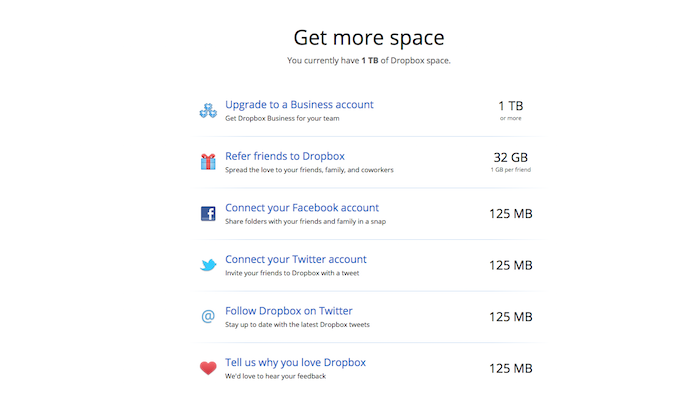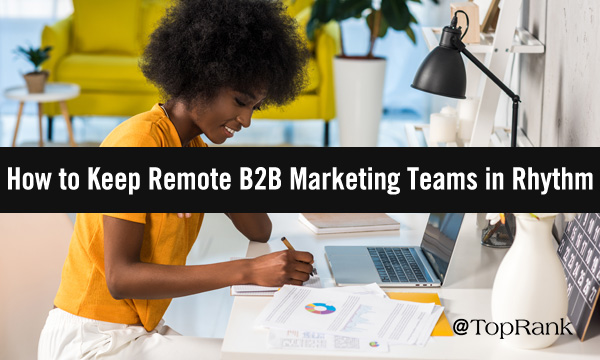Brands with multiple entities may find it challenging to connect their customers across their entire portfolio. The Francis Ford Coppola family of brands, which includes wineries, restaurants, resorts, and cafes made the investment in loyalty to unify its brands and reward customers for spending and engaging across all touchpoints.
 Cat Rossi, Senior Director of Brand & Content Marketing at CrowdTwist, recently sat down with Rebecca Gilbert, Senior Brand Manager at Francis Ford Coppola, to discuss how Coppola is leveraging loyalty to create brand-authentic experiences that foster emotional loyalty. Here are the main takeaways:
Cat Rossi, Senior Director of Brand & Content Marketing at CrowdTwist, recently sat down with Rebecca Gilbert, Senior Brand Manager at Francis Ford Coppola, to discuss how Coppola is leveraging loyalty to create brand-authentic experiences that foster emotional loyalty. Here are the main takeaways:
With so many different business units, it’s valuable for Coppola to have a loyalty program that connects the brands across the entire portfolio. A Coppola consumer can interact with the brand in many different ways whether that be online, at a winery or restaurant, on social media, or in a grocery store. Before launching the loyalty program, Francis Ford Coppola had no way of capturing this customer behavior or rewarding their customers throughout their entire journey.
Because members can earn points across all business units, the program encourages customers to explore more of Francis Ford Coppola’s offerings. Being able to interact and communicate with consumers across the entire profile allows the brand to build a deeper connection and drive emotional loyalty.
Use receipt scan to reward members for all purchasesSince Francis Ford Coppola is sold through retail distributors like grocery stores and restaurants, the brand wanted to be able to capture purchase data and reward members for choosing their products. Previously, Coppola had no insight into the behaviors of the customers who made purchases in-store or at restaurants and had no way of communicating with them.
Using receipt-scan technology, Francis Ford Coppola is able to reward customers for their purchases wherever they are made. They simply take a picture of the receipt and upload it into their loyalty profile in exchange for points. Including this perk in the Coppola Rewards program not only enhances the experience for members by making it easier for them to earn rewards, but it also gives Coppola an inside look into where their consumers are shopping and what else they are purchasing. Coppola can then use this information to help inform their decisions related to partnerships, promotions, and advertising to ensure that they’re maximizing customer reach and offering them compelling promotions.
Reward members for engagement activitiesAs part of their loyalty offering, Francis Ford Coppola rewards members for completing engagement activities, like reading blogs, taking surveys, and opening emails. This allows Coppola to keep consumers engaged with their program beyond purchases. It also serves as a valuable way to get first-hand information into what their consumers’ preferences are and how they like to interact with the brand.
Francis Ford Coppola used Coppola Rewards to engage their members in brand-authentic experiences that are physically inaccessible for some customers due to geographic constraints. Reward members can earn points for completing engagement activities related to their Virtual Food & Wine Feast featuring recipes, entertaining advice, wine hacks, and culinary inspiration.
The feast was developed as a way to give consumers who did not live near Francis Ford Coppola’s winery in California a way to be involved in the action. Members are rewarded for participating in the feast and taking surveys about their experiences throughout. Campaigns like this provide Coppola with insight into how they can improve their rewards, how they can make the campaign even better next year, and the types of content that resonate best with their consumers so that they can better engage them, and drive brand advocacy and emotional loyalty.
Create unforgettable experiencesFrancis Ford Coppola is a unique winery, and they aim to ensure that the experiences they offer to customers are just as unique. The rewards always tie back to the Family Coppola values, traditions, and passions and they center on creating unforgettable experiences for their members. Additionally, the rewards they offer further encourage members to learn about all of the Coppola brands and venture outside of their typical interactions.
For example, as part of Coppola Rewards, members were eligible to win a once-in-a-lifetime trip to tour three different Francis Ford Coppola wineries throughout California and one of their newest wineries in Oregon. Members outside of California were able to redeem points for sweepstakes entries into this “West Coast Adventure” prize for one lucky Coppola Rewards member. Not only did this campaign drive new member acquisition into the Coppola Rewards program, but it also helped to spread awareness and promote their new and existing wineries to their member base.
Coppola also offers ways for members to learn more about their properties in Belize, Argentina, and Guatemala, by offering them as once-in-a-lifetime reward experiences. By providing access to these exclusive wineries, the brand sets themselves apart from the competition and makes their customers feel valued and special.
Find new ways to differentiate your brand and keep the rewards program freshAs brands look to the future, it’s important to introduce new and fresh ideas that will help to set themselves apart from the competition. Francis Ford Coppola plans to stay true to their brand, while also highlighting what makes them unique. The data and insight captured through the Coppola Rewards program helps Francis Ford Coppola evaluate which campaigns have resonated most with their members, what members want to see more of, and the business units that are earning the most love from their consumers. Coppola uses this information to inform their decisions as they grow and evolve their program, and as they continue to navigate how best to unify their brand portfolio.
One way Coppola is looking to expand their program is through introducing a “Coppola Experts” reward. Through the campaigns they ran this year, they found out that many of their members wanted to be able to talk directly to their winemakers, chefs, and gardeners. Therefore, they decided to roll out a “Coppola Experts” series which allows members to have one-on-one time with their experts through Skype sessions. Doing this allows members to deepen engagement with the brand, creating even bigger brand advocates out of their members.
It’s a digital world, and retail marketers need to create an emotional connection between customers and their brands. It all starts with “Getting the Digital Handshake Right.”
from Oracle Blogs | Oracle Marketing Cloud https://ift.tt/3dKGJOc
via IFTTT
 Today on the Duct Tape Marketing Podcast, I sit down with leadership expert, speaker, and author
Today on the Duct Tape Marketing Podcast, I sit down with leadership expert, speaker, and author 








